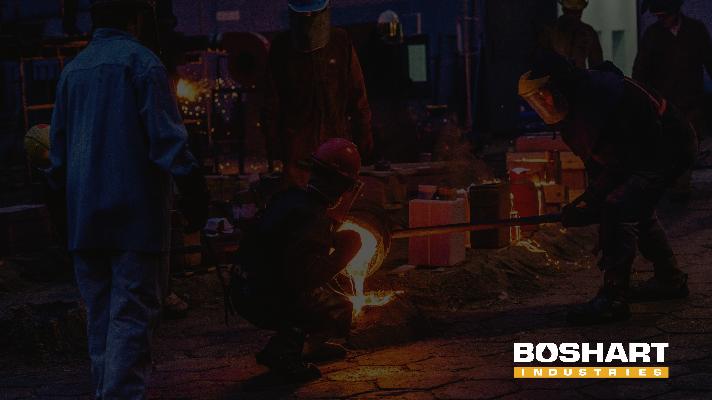You may have noticed that brass and stainless steel ball valves have markings on them. These markings aren’t random, they help show what standards ball valves have been tested to and what applications they can be used in. In this blog we will go over the different markings that you may come across when looking at metal ball valves.
Testing and Quality Assurance:
Here are 5 markings that may appear on ball valves as they identify testing and/or ensure quality.
- UL – Underwriter’s Laboratories tests valves to 3 times the pressure rating stated on the valve body. These valves must pass UL’s test in order to have the UL logo on the valve body.
- CSA – Canadian Standards Association is another organization that tests ball valves to ensure they meet their standards. Even though this is a Canadian association, it does tests for both Canadian and US standards. A “C” or “US” may be found under their logo indicating which country’s standards the ball valve has been tested to. If both appear, the ball valve has been tested to the highest standard in both countries.
- <FM> - Factory Mutual Global, a US based insurance company, has approved the ball valve. They take an engineering approach to make sure the valve meets their high standards.
- UPC / cUPC – Uniform Plumbing Code (UPC) and Canadian Uniform Plumbing Code (cUPC) ensure that plumbing products are safe and sanitary.
- ANSI – American National Standards Institute tests ball valves to various standards. The standards are stamped on the ball valve, ie ANSI Z21.15.
WOG / CWP
WOG stands for Water, Oil and Gas and is the non-shock pressure rating for valves at an ambient temperature. Water is straightforward but the oil and gas parts are a little more complicated. Oil refers to a free-flowing liquid that is thicker than water and has lubricating characteristics. Gas is a vaporized liquid, but this does not cover combustible gases. There are more specific approvals required for these applications.
CWP stands for Cold Working Pressure and is an indication of the pressure rating for valves at a temperature up to 100°F. This is becoming a more common rating, as the WOG rating has a more complicated description.
Both WOG and CWP refer to the pressure rating of the valve. They are found on the valve body as a number with either WOG or CWP under it. The number represents the pressure rating, ie a 600 with CWP under it would mean the valve is rated to 600 PSI CWP.
WSP
WSP stands for Working Steam Pressure and defines the pressure of steam in a system that a ball valve can be used in. The industry uses WSP for bronze ball valves because, as the temperature rises, the strength of the material decreases.
Gas Ratings
Not all valves are approved to be used in combustible gas applications. Ones that are, will have specific markings depending identifying where they can be used.
- ½ PSIG (or 1/2G) – a lower pressure rating for gas valves generally used at a gas fired appliance.
- 5G – a higher pressure rating for gas valves generally used in gas piping systems.
- BRS125G – a USA gas pressure rating of 125PSIG for use in gas piping systems.
- CAN/CGA-3.16 – a Canadian gas pressure rating of 125 PSIG for outdoor and indoor use in gas piping systems.
- 125G or higher – pressure rating for outdoor use in gas piping systems.
Visit our gas ball valves blog for more information.
Other markings you may notice
A LF for Lead Free.
The size of the ball valve.
Manufacture identification and a manufacturing code.
I can't stress enough the importance of knowing what is required of the ball valve before selecting the perfect one. Ensuring the ball valve will not break in applications where there is high pressure or gas is so important. Understanding what the markings on the ball valve mean, is one of the first steps. They help determine if the valve is appropriate for the application and provide peace of mind with backing by 3rd party associations. A little upfront research to ensure application requirements are met can save time and money down the road.
Have further questions about this subject?

Head over to Boshart's Knowledge Base: technical product information, guidelines, and more.



![[Video] What Material Works Best With Your Tank](https://blog.boshart.com/hubfs/18.jpg)
SHARE